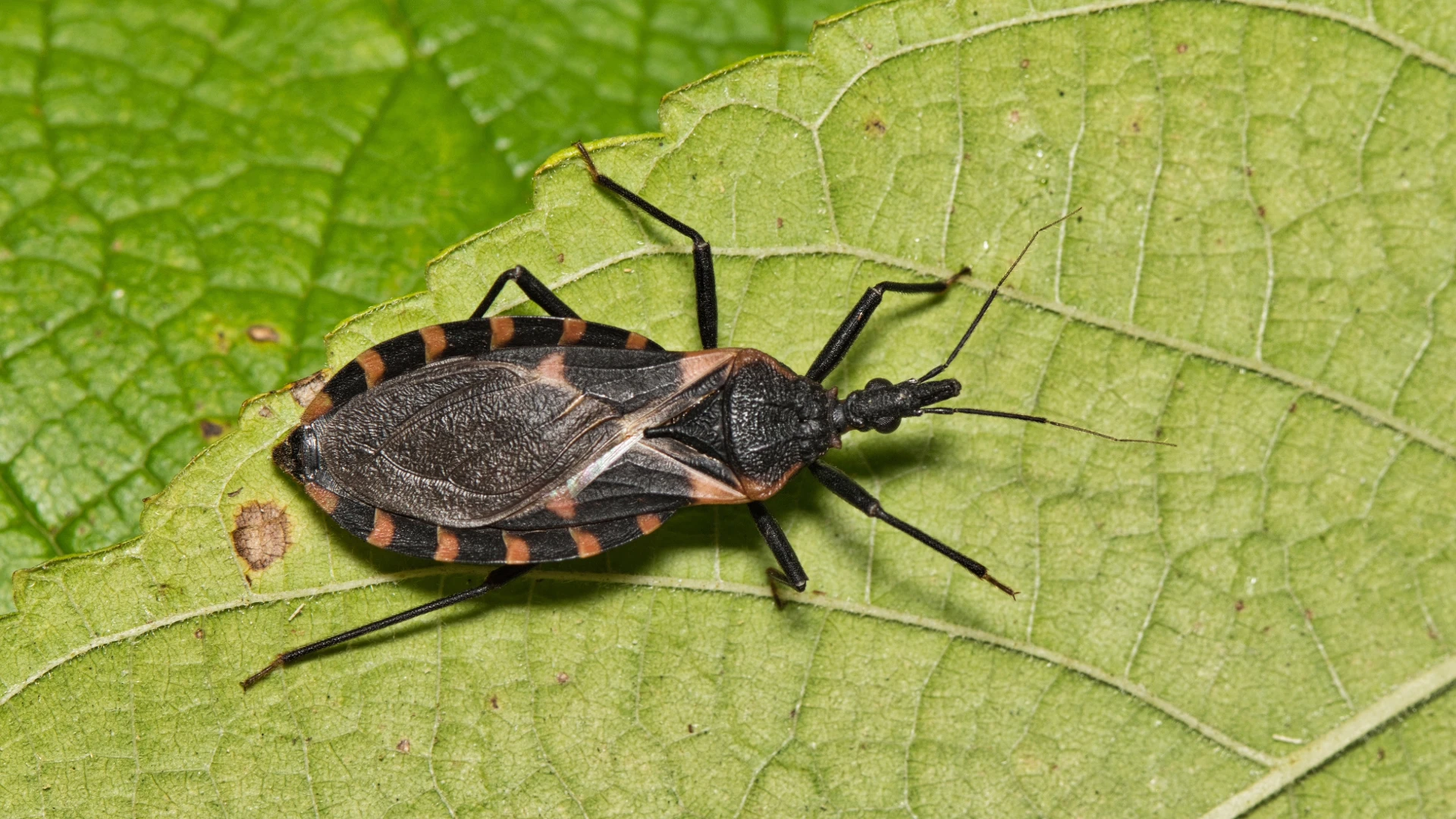The chirp of crickets is a familiar sound for Wheat Ridge homeowners on warm evenings. But this noise can echo through walls, basements, or living rooms. Crickets may enter homes as they look for warmth, moisture, or shelter. Sadly, they can be hard to manage once they have made your home their own. Thankfully, pest control experts at Saela Pest Control can thoroughly inspect your home to find where crickets are hiding. They will use targeted treatments to eliminate these noisy intruders and employ prevention strategies to keep them from coming back.
Crickets thrive in warm, damp areas. That is why they can be found in basements, crawl spaces, and garages. They will move indoors in search of ideal conditions as the weather turns cooler and drier. Light sources also attract them, drawing them close to porches, patios, and doorways. Crickets hide in cracks, under furniture, and near appliances inside homes. They feed on fabrics, paper, and small organic debris. Thus, they can gradually damage carpets, clothing, or stored items. Below are the steps that experts take to handle a cricket infestation:
They Perform a Detailed Inspection
The first step any pest control professional takes in Wheat Ridge is a detailed inspection. Crickets can easily hide during the day due to their size. Experts search for the signs that reveal their presence, such as tiny droppings, discarded wings, or small chewed areas on paper and fabrics. They also check moisture-prone areas such as basements, laundry rooms, and bathrooms. These spots may attract crickets because of the humidity and warmth. In addition, professionals look near foundations, garden beds, and under decks.
They Identify the Cricket Species
Wheat Ridge pest specialists know that crickets behave differently. They usually handle common indoor invaders such as house crickets, field crickets, and camel crickets. House crickets are the ones most likely to chirp inside. Camel crickets move silently but jump unexpectedly when disturbed. Experts identify the right species to determine the best approach.
They Employ Targeted Treatment Strategies
Pest control experts apply targeted treatments to address the infestation. These treatments eliminate crickets without harming pets, plants, or people. In most cases, professionals use a combination of indoor and outdoor solutions. They may apply bait or insecticidal dusts to cracks, crevices, and baseboards. For heavy infestations, strategic placements of traps help reduce the population while monitoring activity.
Additionally, technicians treat perimeter zones, entry points, and nesting areas around foundations or landscaping. This prevents new crickets from entering and stops the infestation from returning.
They Control Moisture and Food Sources
Crickets need moisture to survive, so removing damp conditions can control their population. Professionals in Wheat Ridge may recommend improving ventilation, sealing leaks, and using dehumidifiers in basements or crawl spaces. They also address food sources that attract crickets. Any leftover pet food, plant debris, or open garbage provides a convenient meal.
They Suggest Sealing Entry Points
Crickets can enter through small gaps, so sealing entry points can help when it comes to long-term prevention. Pest control experts inspect doors, windows, vents, and utility openings. Then, they seal any gaps or cracks that could serve as entryways. They may apply weatherstripping, caulk, or mesh screens to block access. These small fixes keep out crickets and deter other insects like ants and spiders that may follow the same paths indoors.
They Use Eco-Friendly and Safe Solutions
Modern pest control in Wheat Ridge may include the use of eco-friendly products. Many homeowners prefer low-impact solutions that protect their families, pets, and gardens. Professionals may use botanical-based treatments or integrated pest management (IPM) techniques. IPM combines environmental adjustments, physical barriers, and limited chemical use.

